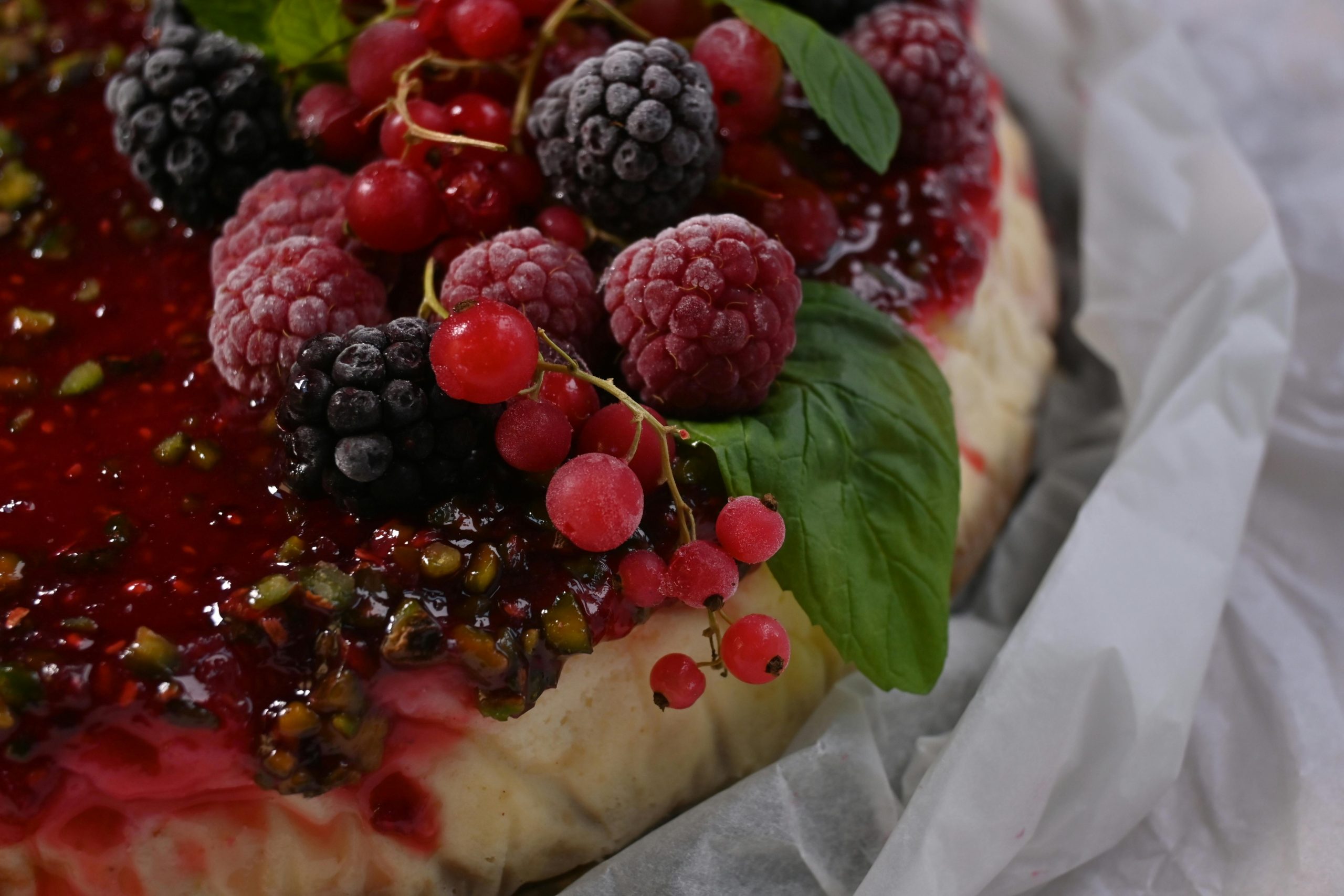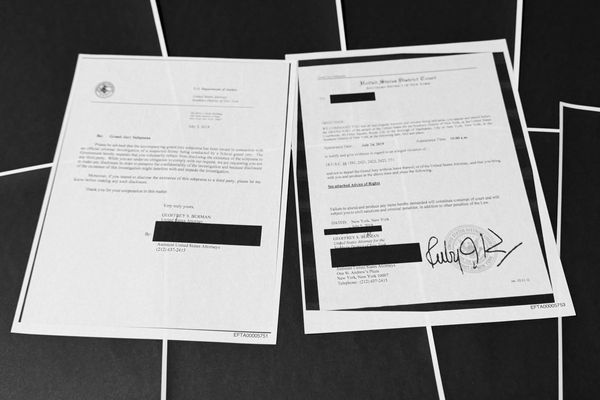Frozen pies promise a convenient, delicious dessert with minimal effort. Just bake and serve. They evoke nostalgic images of warm, flaky crusts and bubbling fruit fillings. However, the reality of many frozen pies can sometimes fall short of these expectations. From soggy bottoms to bland fillings, certain common issues lead to disappointment. Understanding these potential pitfalls can help you choose better quality frozen pies. Or, it might inspire you to seek alternatives for a truly satisfying dessert experience. Here are five common disappointments found in the frozen pie aisle.

1. The Dreaded Soggy Bottom Crust
One of the most frequent complaints about frozen pies is a soggy bottom crust. This occurs when moisture from the filling seeps into the lower crust during baking (or even thawing). The result is a pasty, undercooked texture instead of the desired flaky, crisp base. Fruit pies are particularly prone to this. Commercial pie-making sometimes prioritizes speed over techniques that prevent sogginess. What to look for instead: Consider pies with a pre-baked or specially treated bottom crust, if indicated. Some brands might use a cookie-crumb base for cream pies, which holds up better. Alternatively, partially blind-baking a homemade crust before adding filling is a good technique for home bakers.
2. Skimpy or Artificial-Tasting Fruit Fillings
Fruit pies should be generously filled with recognizable pieces of quality fruit. However, some frozen budget pies can be disappointing in this regard. Fillings might be overly thickened with cornstarch or gums. They may contain more sugary gel than actual fruit. The fruit itself might be mushy, sparse, or taste artificial due to added flavorings. What to look for instead: Check the ingredient list. Fruit should be among the first ingredients. Look for pies that boast “more fruit” or show visible fruit chunks on the packaging (though be wary of idealized images). Opting for pies from brands known for quality ingredients often yields better results.
3. Lackluster or Artificial Cream Pie Fillings and Toppings
Frozen cream pies (like chocolate, coconut, or banana cream) can suffer from bland or artificial-tasting fillings. The texture might be overly gelatinous or strangely foamy rather than rich and creamy. The whipped topping, if included, is often an oil-based, non-dairy product that lacks the flavor and texture of real whipped cream. It might also leave an unpleasant coating in the mouth. What to look for instead: Consider pies that specify “made with real cream” or have shorter ingredient lists. Alternatively, buy a plain graham cracker crust and make your own simple pudding or custard filling. Top with fresh, homemade whipped cream for a vastly superior experience.
4. Pale, Doughy, or Flavorless Top Crusts
The top crust of a fruit pie should be golden brown, flaky, and flavorful. Some frozen pies emerge from the oven with a pale, doughy, or anemic-looking top crust. It might lack appealing color or a tender, flaky texture. The flavor of the crust itself can also be bland, tasting more of shortening than butter. What to look for instead: Pies that suggest brushing the top with an egg wash or milk before baking often achieve better color. Some brands use better quality fats in their crust, leading to improved flavor and texture. Reading reviews can sometimes provide insight into crust quality.
5. Overly Sweet or One-Dimensional Flavors

Many commercial frozen pies, both fruit and cream varieties, suffer from being overly sweet. The high sugar content can mask the natural flavor of the fruit or other key ingredients. This results in a one-dimensional taste profile that lacks complexity. A good pie should have a balance of sweetness, tartness (for fruit pies), and a rich, satisfying depth of flavor. What to look for instead: Seek out brands known for using quality ingredients or those that specifically mention a balanced flavor profile. Sometimes, adding a dollop of unsweetened whipped cream or a scoop of vanilla ice cream can help balance an overly sweet pie.
Navigating the Frozen Aisle for Better Pies
While frozen pies offer undeniable convenience, they can sometimes be a source of dessert disappointment. Soggy bottoms, skimpy or artificial fillings, lackluster crusts, and overly sweet flavors are common pitfalls. By reading ingredient lists carefully, choosing reputable brands, and understanding what contributes to common pie problems, you can make better choices. Sometimes, investing a little extra time in a semi-homemade approach (like a store-bought crust with homemade filling) or a fully homemade pie yields a far more satisfying result. When convenience is paramount, manage expectations and look for indicators of higher quality.
What have been your biggest disappointments with store-bought frozen pies? Do you have any favorite brands or tips for choosing a good one? Share your pie insights below!
Read More
Banning Sugary Foods for SNAP Recipients: A Step Toward Health or Discrimination?
Sweet Tastes for Everyone: Deals and Ideas for National Pie Day
The post 5 Common Disappointments in Frozen Pies (And What to Look for Instead) appeared first on Grocery Coupon Guide.







